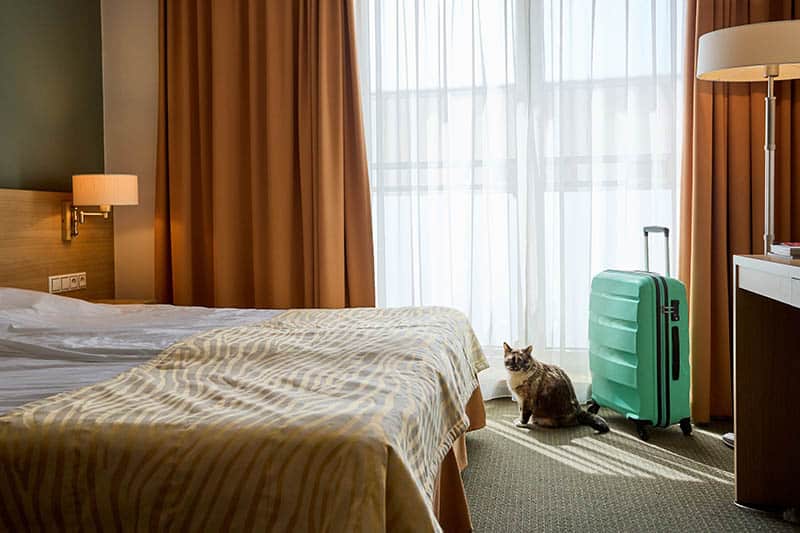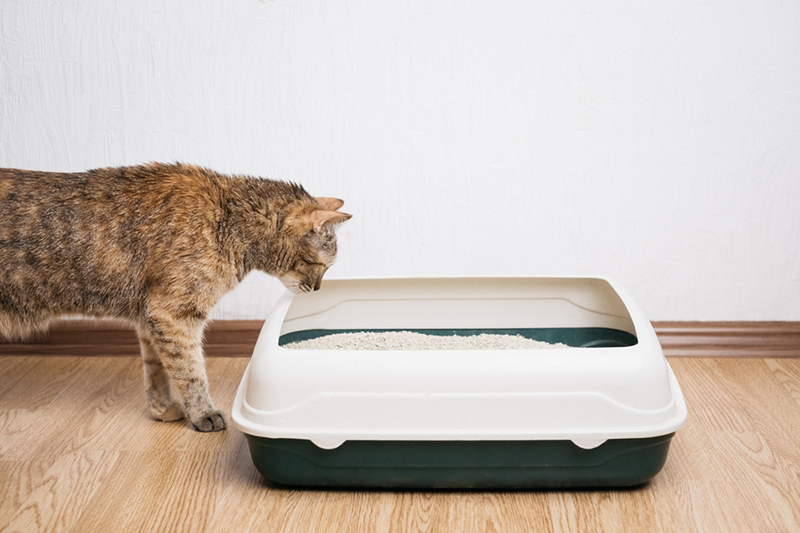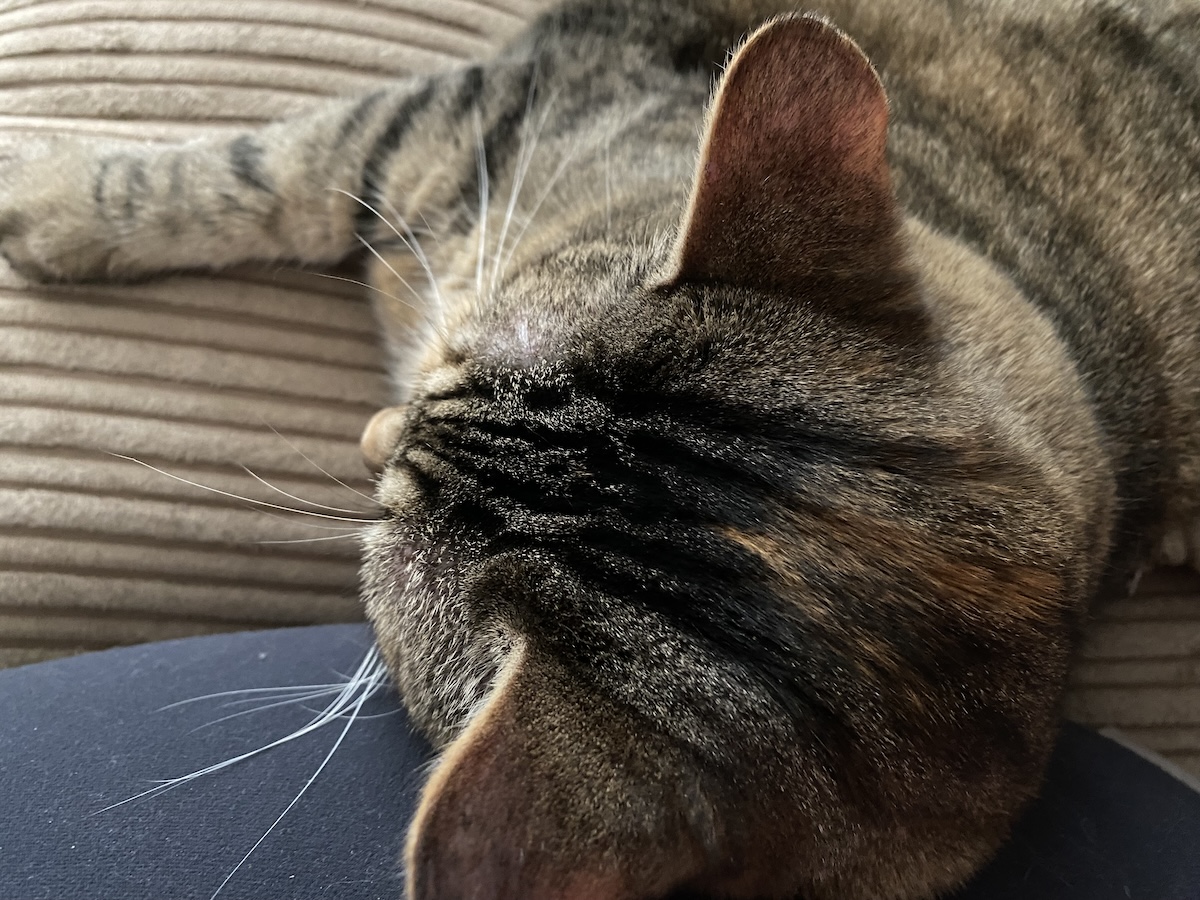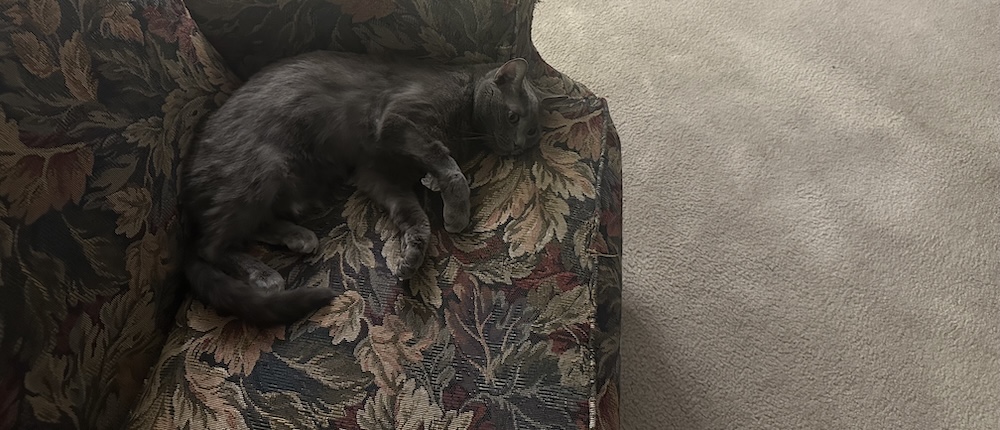Furniture scratching is a huge thorn in the side of cat parents everywhere. If you’re thinking of getting a Ragdoll and are wondering whether they might use your furniture as a scratching post, the answer is yes, this could happen if they have nowhere else to direct their scratching urges.
Let’s take a look at why a Ragdoll might scratch furniture and how to prevent this from happening.
 Why Does My Ragdoll Scratch Furniture?
Why Does My Ragdoll Scratch Furniture?
Ragdoll cats are better known for their chilled-out temperaments and love of cuddling than they are for causing trouble in the house, but that doesn’t mean they won’t ever get up to mischief! Don’t get us wrong, though, scratching is a natural urge for cats, something they do purely out of instinct, not out of spite or naughtiness.
Cats scratch as a way of depositing their scent on things, shedding off their claw husks, and sharpening their claws. It’s also their preferred way of having a stretch, and some cats do it to release pent-up energy when they’re excited, nervous, or bored.
One of the most common reasons cats with a scratching urge target your furniture is simply that they don’t understand that it’s out of bounds. This might happen because they don’t have “appropriate” scratching areas around or they don’t like the scratching post on offer.
For example, perhaps you’ve provided a scratch post but when your cat tries to use it, it topples over or wobbles from side to side, preventing them from being able to get all those scratching urges fully out. Another reason your Ragdoll might be scratching your furniture is that they’re bored and need more mental stimulation.
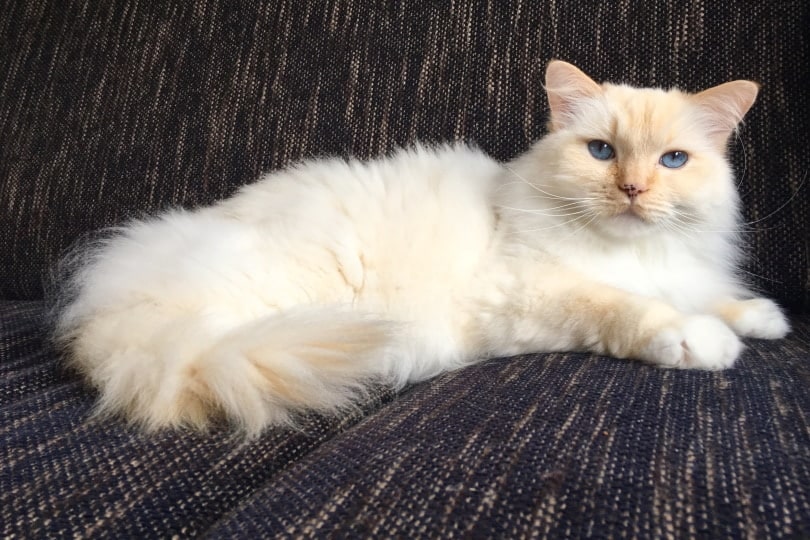

How to Stop a Ragdoll From Scratching Furniture
Now that you have a clearer idea of why your Ragdoll might be taking their urges out on your furniture, what can you do to stop it? Here are some things to try.
1. Provide Solid Scratching Posts
What your Ragdoll needs is a nice, sturdy scratching post that won’t wobble or fall over while they’re scratching it. Even better, go for a cat tree with scratch posts, condos, hammocks, and platforms to make it more appealing to your Ragdoll.
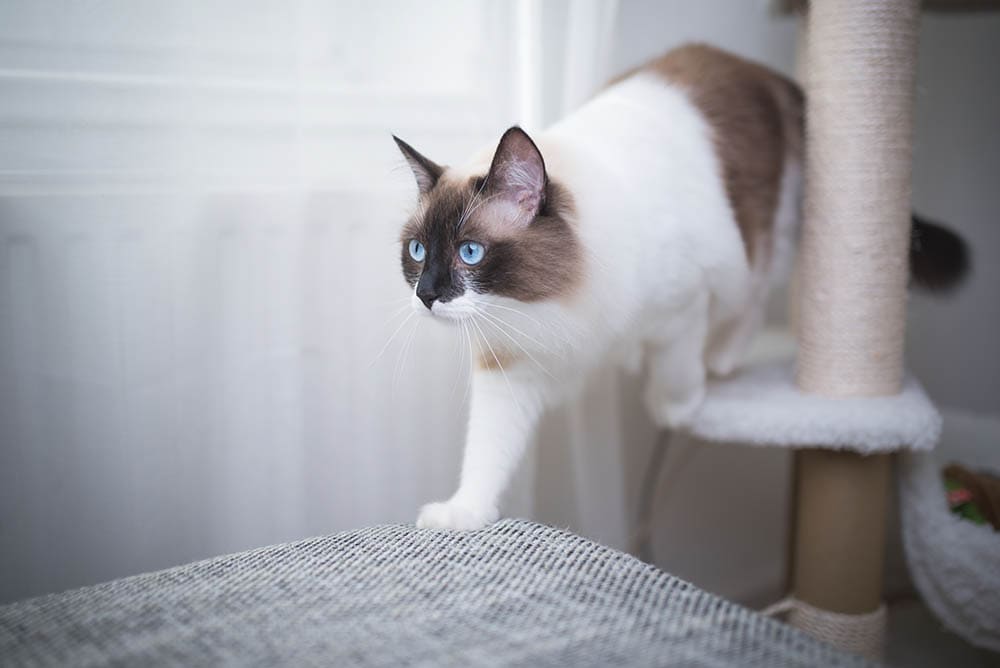
2. Redirect the Scratching
When your Ragdoll sinks their claws into something they’re not supposed to, either lure them over to the scratching post with a treat or pick them up and take them to it so they know exactly where they’re supposed to scratch. You can even give it a scratch yourself to make sure they know what it’s for!
If your Ragdoll continues scratching your furniture, you could try putting the post next to or in front of the area to encourage them to scratch it instead of the furniture.
3. Keep the Claws Trimmed
Though this may not prevent your Ragdoll from scratching your furniture, it’s an important part of damage control. Cat claws should be trimmed regularly anyway to prevent overgrowth, so it’s a win-win situation.
Trimming your cat's nails at home can be hard, but having a professional do it can be expensive. With the help of great tools like Hepper's Cat Nail Clipper Set, you can easily and quickly trim your cat's nails at home. This set includes two pairs of stainless steel clippers with safety guards and locking mechanisms, plus a built-in nail file and a convenient pouch. At Catster, we’ve admired Hepper for many years and decided to take a controlling ownership interest so that we could benefit from the outstanding designs of this cool cat company!
4. Exercise Your Ragdoll
If boredom is causing your Ragdoll to scratch furniture, try working a few play sessions into your day. You can use chaser wands, lasers, balls, puzzle feeders, and treat dispensers—anything safe and that they enjoy playing with. If you’re out of the house for most of the day, make sure they have plenty of toys, climbing spots, and a window to look out of to keep them entertained.
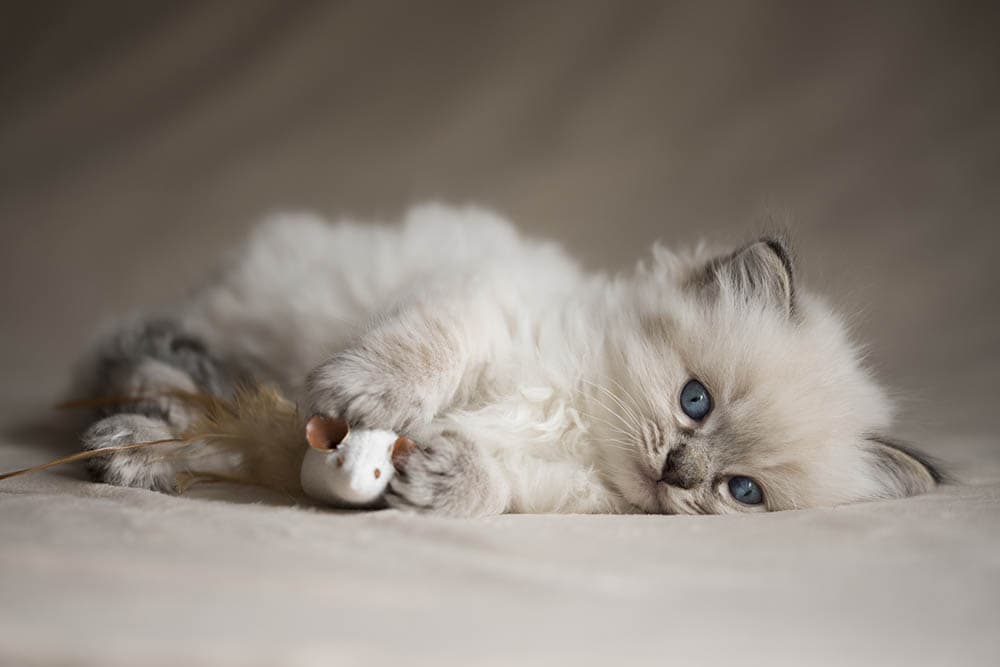
Conclusion
Any cat can develop the habit of scratching furniture no matter what breed they are. The key to curbing this behavior is making sure they have appropriate spots to scratch and get plenty of physical and mental stimulation. On a final note, please never consider declawing your cat—it’s painful, cruel, and can have serious consequences for your cat’s health and quality of life.
See also:
- Ragdoll Kittens For Sale in Alabama: Breeders List
- Ragdoll Kittens for Sale in Australia (Sydney, Melbourne, Brisbane, Perth, Adelaide): Breeders List
Featured Image Credit: tativophotos, Shutterstock

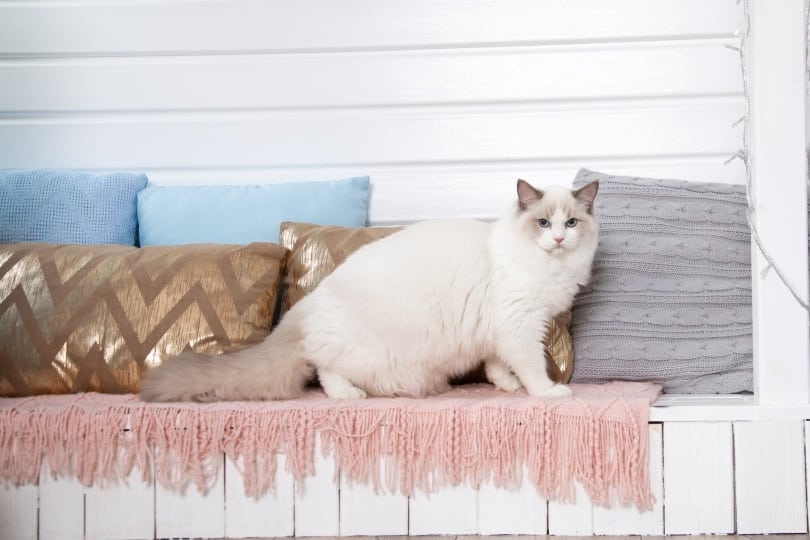
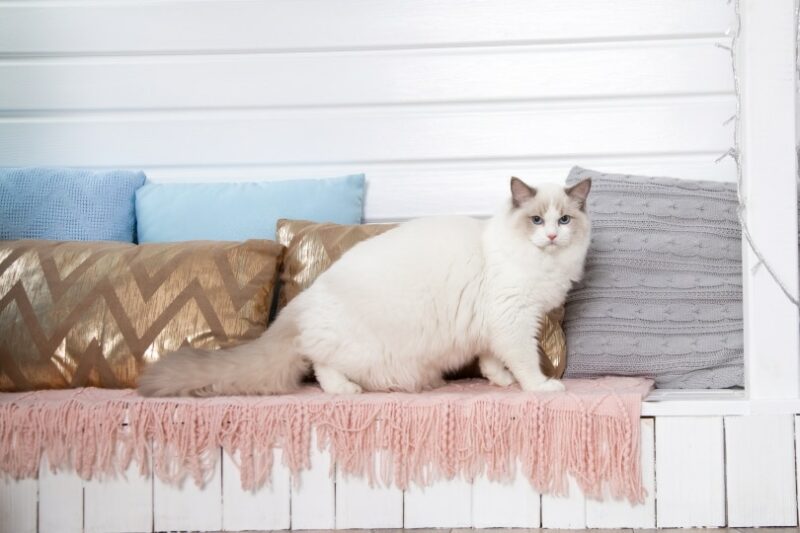
 Why Does My Ragdoll Scratch Furniture?
Why Does My Ragdoll Scratch Furniture?

